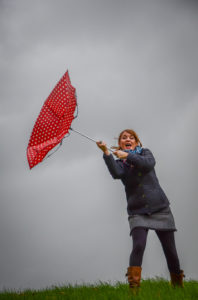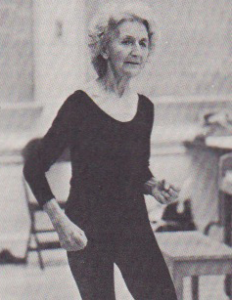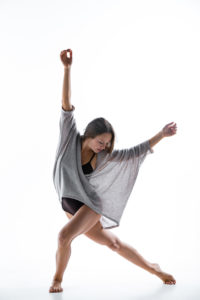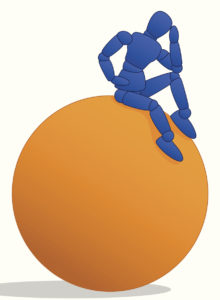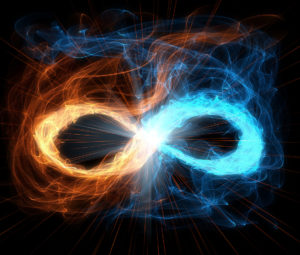I began my blogs this year by looking back. Now I want to look forward – to how the past accomplishments of pioneers of movement study can enrich present and future generations.
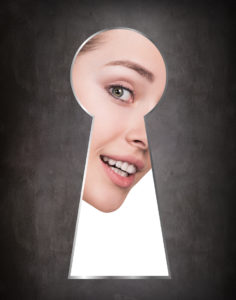
Rudolf Laban’s assertion that human movement has a harmonic structure analogous to musical harmony is one idea I would like to see taken seriously enough to be tested. While I have presented Laban’s notions in detail in The Harmonic Structure of Movement, Music, and Dance, this is not enough.
Consequently, I am launching the Advanced Movement Harmony project later this year. With measured steps, I intend to present the Choreutic and Eukinetic sequences identified by Laban in comprehensible forms that can be embodied. Many of these effort and space sequences have been published, by Laban and by others. But these representations are scattered, and in some cases, very difficult to understand, let alone embody.
So stay tuned. More about this project as the year unfolds!




